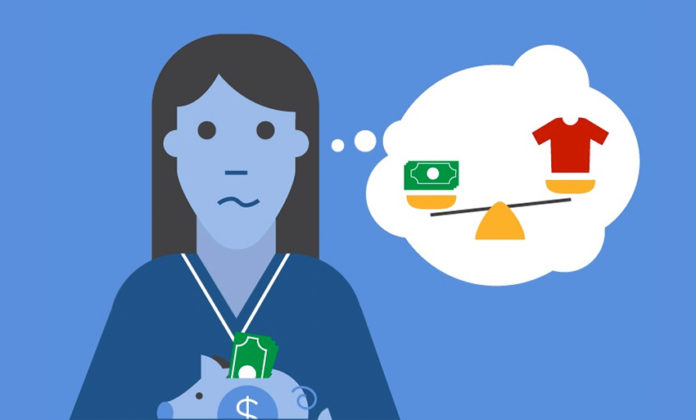A new year means reflecting on your customers’ habits — including their spending patterns. After the holiday shopping frenzy, it’s no wonder that many customers are encountering feelings of loss aversion.
The principal of loss aversion suggests that people will avoid monetary losses at all costs, even when it doesn’t make logical sense. For example, people may hold on to items that they know they’ll never use or spend extra money unnecessarily just to earn vouchers or additional discounts.
Loss aversion ultimately makes consumers unhappy because they end up making unwise choices, and unhappy customers can cause a serious hit to overall customer loyalty. Read on to learn more about this phenomenon and understand how you can turn those aversive frowns upsidedown.
Rethink Your Return Policies
A helpful way to think about an item a customer is having doubts about is by applying the overnight test, originally created by financial planner Carl Richards in The New York Times. The idea is that consumers should imagine the product they just purchased (say, a gorgeous sweater on sale but in the wrong size) was replaced with cash overnight. The next day, they can either buy the sweater again or pocket the cash and put it toward a different item. While a customer facing loss aversion would decide to hold on to the sweater, it’s likely he or she would take the cash instead.
You don’t want consumers to get stuck in a loss aversion loop: after all, if they keep buying sweaters that don’t fit, chances are they’ll stop visiting your store. To be sure that customers who regret a purchase still stick with you company, consider revising your return policies. By allowing consumers to make returns in exchange for store credit, you can keep their business while allowing them to give back the wrongly purchased item. The next time they visit your store, they’ll probably end up spending more than the credit anyways — it’s a win-win situation.
Deliver What You Promise
Consumers buy the wrong things all the time but are oftentimes reluctant to exchange them because they fear incurring a monetary loss in the change. Help your consumers fight this form of loss aversion by being more transparent with your products. If you provide a promotion with an ‘extra gift’, for example, be considerate about allowing the customer to retain the gift if they have to switch the product itself. It’s possible that if a customer is avoiding a particular brand, there may have been a difference between how an item was marketed and what the product is truly like. In this situation, it is important to make a customer feel as though they have other options available to them aside from simply incurring either loss of quality or loss of money.
If consumers are resorting to Craiglist-ing your item, chances are they weren’t impressed, and they’re not coming back. This is a sign that what you’re promising your consumers isn’t lining up with their expectations, so find a balance with your marketing strategy that sells the product without over-exaggerating or being unclear. If consumers still have issues, be sure your customer service representatives are well-trained to help: 91 percent of dissatisfied customers won’t come back, according to 1Financial Training Services.
Battle Sunk Costs
We’ve all been there — you buy a concert or movie ticket in advance, but when the day comes, you have a fever and can barely get out of bed. You feel guilty for having spent the money and force yourself to go anyway, only to end up having a miserable time. That’s never a good feeling, and your consumers will hate losing their money on a sunk cost.
To help them avoid this feeling, consider adding some kind of refund policy for day-of cancellations. Perhaps every unused ticket could be “refunded” for a voucher to your business — that way, you get the customer back for another purchase. Or, you could provide an easy platform for people to sell tickets day-of. Creating new policies that help consumers avoid sunk costs will keep them away from loss aversion.
Understanding loss aversion and helping customers feel excited about your business — no matter what purchase they make — will keep them coming back. Every instance of customer dissatisfaction is an opportunity. With just a little bit of understanding and flexibility in a tough situation, you can turn an unhappy customer into an advocate for your brand.





